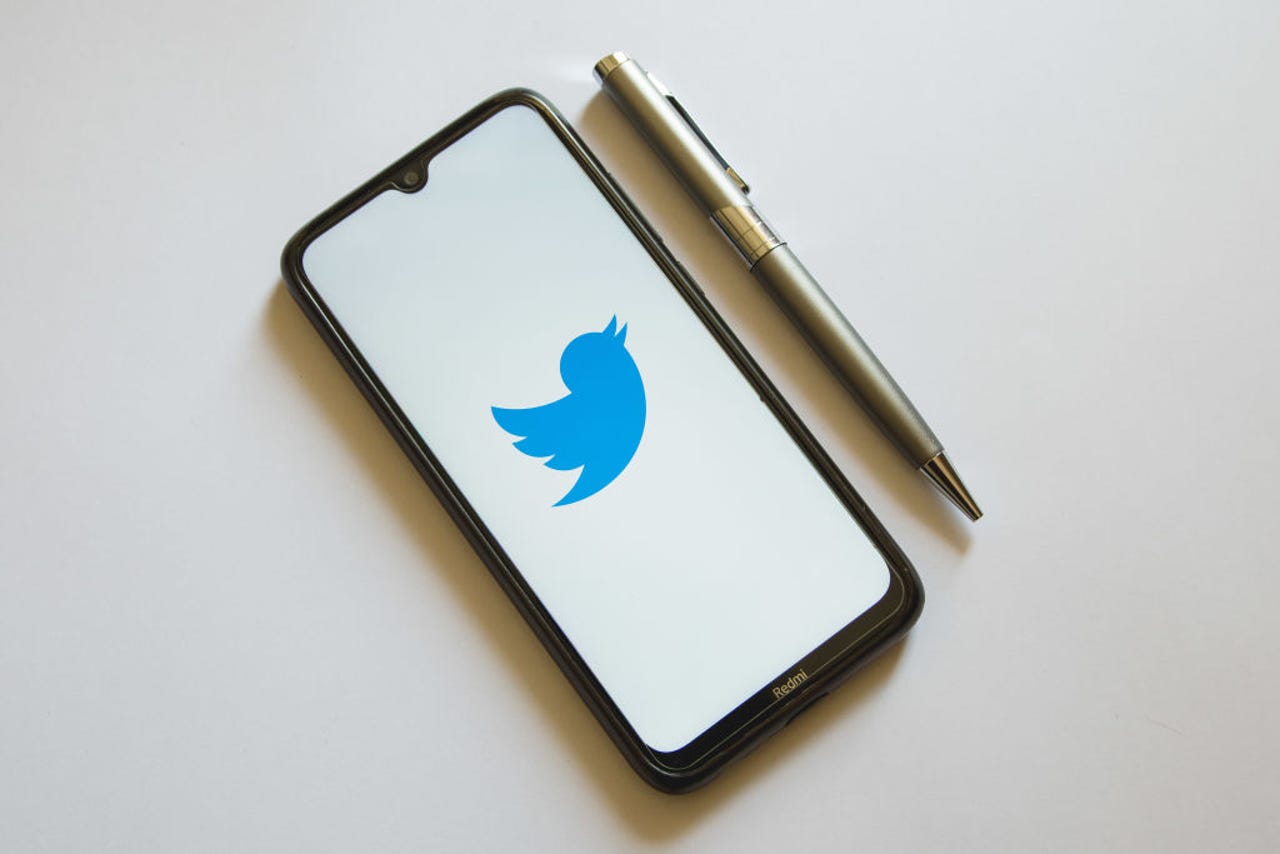
Leaving Twitter for good isn't as simple as just logging off forever. Here's what else you need to consider.


Even before all of the turmoil that's plagued Twitter since Elon Musk's takeover, there were many reasons why people wanted to leave it. From social media detoxes, to simply migrating to a new platform, the transition happens more than you might think.
Now, since Elon Musk appears to be failing in his promise not to turn Twitter into a Hellscape, a new flood of individuals are looking for greener pastures. Given the chaos at the company, it's more important than ever for you and your data to handle that exit the right way.
Unlike most sites that we frequent on the web, leaving Twitter isn't as simple as signing off for the final time and never going back. That's because of the massive amounts of data sites like this collect about us while we're using them. To ensure that Twitter won't continue exploiting your data after you've gone, you need to take the proper steps to fully delete your account and all of the data tied to it on your way out.
In this guide, we'll explain how to do just that, as well as how to take all of your valuable data with you. Follow along with the steps here and you'll be done with Twitter. Or, if you change your mind and decide you just can't quit the microblogging service, we'll tell you how to undo the process as well.
Unlike some other sites that let you immediately delete your information and close down your account, Twitter requires either a 30-day or 12-month deactivation timeframe when you decide to delete your account. If a third-party app that you've linked to your Twitter account signs into your Twitter account during that time, your account can be reactivated and will continue to remain active even after the 30 days or 12 months have passed.
Because of this, the first step you should take when deciding to delete your account is to unlink all third-party services tied to your account. The steps to doing that follow:
Once you've done this, you're ready to actually delete your account without any worry that some forgotten app you attached to your Twitter profile years ago will accidentally foil your attempt to leave.
When your deactivated Twitter account reaches the 30-day or 12-month mark (whichever you choose), all of your data will be deleted from the social network's servers, permanently. However, if you'd like to retain your data, Twitter provides a way to download an archive of everything tied to your account that remains on its servers.
It may not seem like your Twitter data will be too valuable in the long run. But, if you ever need to access a link you shared (or was shared with you), you need proof of some previous exchange, or you eventually come back to twitter and you want a list of following or followed accounts, all of these things are included in your downloaded archive.
For this bit, you'll need to use the Twitter website. None of its mobile apps offer this option. The process is almost identical whether you access the website via desktop browser or mobile browser. The steps of the process follow:
Once you've done this, you'll receive a notification that the process can take up to 24 hours for processing. Once the archive is ready, you'll receive a mobile push notification via your Twitter mobile app, and an email.
Both notifications will provide a link that will automatically take you to your Settings page on the Twitter website. There you can download the prepared archive of your data.
What you'll actually download is a Zip file that you can expand into a folder with two important items inside: an HTML file titled Your Archive and a Data folder that contains all of the media you posted to Twitter, such as uploaded videos, images, and animated .gifs.
The HTML file will open in your browser, where you'll be able to navigate through it much like you would the Twitter website.
The Data folder can be navigated like any folder on your desktop or smartphone. Within it, you can play/view your media locally, assuming the media type is supported by your current device.
Once this is done, you've got your data and you can proceed to the final step. If anything within that data is precious to you, we'd highly recommend that you back it up, either locally, or to a cloud storage service of your choice.
Next, let's finally get rid of that account.